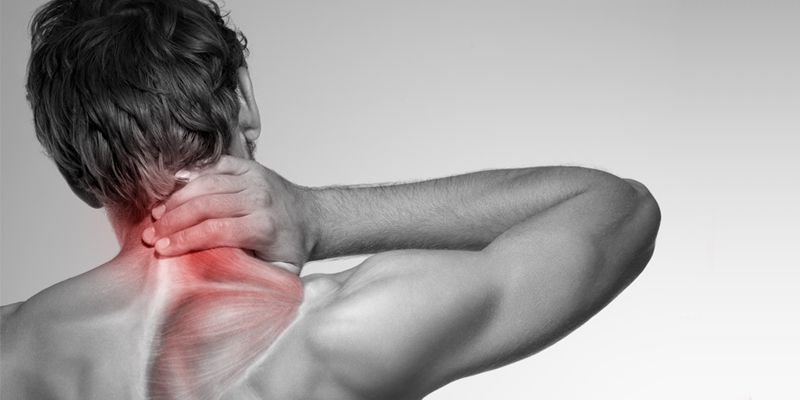
Have you ever woken up a day or two after a hard workout with muscle soreness and think, “oh gosh, what did I do??!?!” Or maybe you had muscle soreness or pain during a workout and think, “is this a good pain or bad pain?”
There is such a thing as a good sore and a bad sore. Here’s how to tell them apart:
There are different kinds of “good soreness”. One type is delayed onset muscle soreness which typically comes on about 24-48 hours after vigorous exercise or activity. It doesn’t have to be exercise – it may be after lifting furniture, helping your friend move or any other strenuous activity that your body doesn’t normally do.
The soreness comes from swelling in the fascial compartments of the muscles. Cells rush to the area to help try to repair the stress or microscopic damage to the muscles after a tough workout. The swelling builds for a couple days after the workout, but will eventually calm down and the soreness will resolve typically by at most 5 days.
Some studies have shown that ibuprofen before or after a workout can help in some people. Massage of the sore muscles and stretching after exercise seems to work best to relieve the soreness. Stretching before the exercise hasn’t been shown to improve muscle soreness.
You can continue to exercise when you are sore, however it is best to start your workout with gentle cardio for about 10 minutes to warm up the muscles, then stop and stretch, then perform the exercise you want to do. Ice and arnica can also be helpful if you have a specific sore muscle. These will limit the inflammation from building up more. (see: Hot and Cold: Polar Opposites for Pain Relief)
Soreness during exercise or immediately after (1 hour after) has to do with a build-up of lactic acid in the muscles. This soreness feels more like burning, such as when you do a bunch of squats and your quadriceps are “on fire”. You need energy in the body for your muscles to work correctly and typically this energy is made by oxygen. But, if you push your body hard during a workout and your body needs more energy, the body makes this energy anaerobically or without oxygen, but it leaves lactic acid as a byproduct. A small amount of lactic acid in muscle is normal and will be used as a temporary energy source, but when there is a lot of it built up, it can cause soreness.
This typically “burns off” very quickly during the workout or within an hour of completion. Some things you can do to prevent a build-up of lactic acid include:
“Good sore” is okay to have happen and doesn’t necessarily mean you are injuring yourself.
“Bad sore” is generally a sign of injury. “Bad sore” typically happens during the workout or immediately after and is generally described as sharp, stabbing, or shooting pains vs. aching in “good sore” muscles.
If you start to experience sharp, stabbing, or shooting pains during a workout, stop immediately. This is your body telling you that something is not right and you are stressing or damaging something such as bone, ligaments, tendons, nerves, and muscles.
You want to give your body rest. Try gentle stretching of the affected area. You can also apply ice to the affected area to help reduce any inflammation that may be starting.
If the pain lasts for more than 3-4 days and limits your movement, see your physical therapist for further evaluation and treatment.
In-Person and Online Consultations


